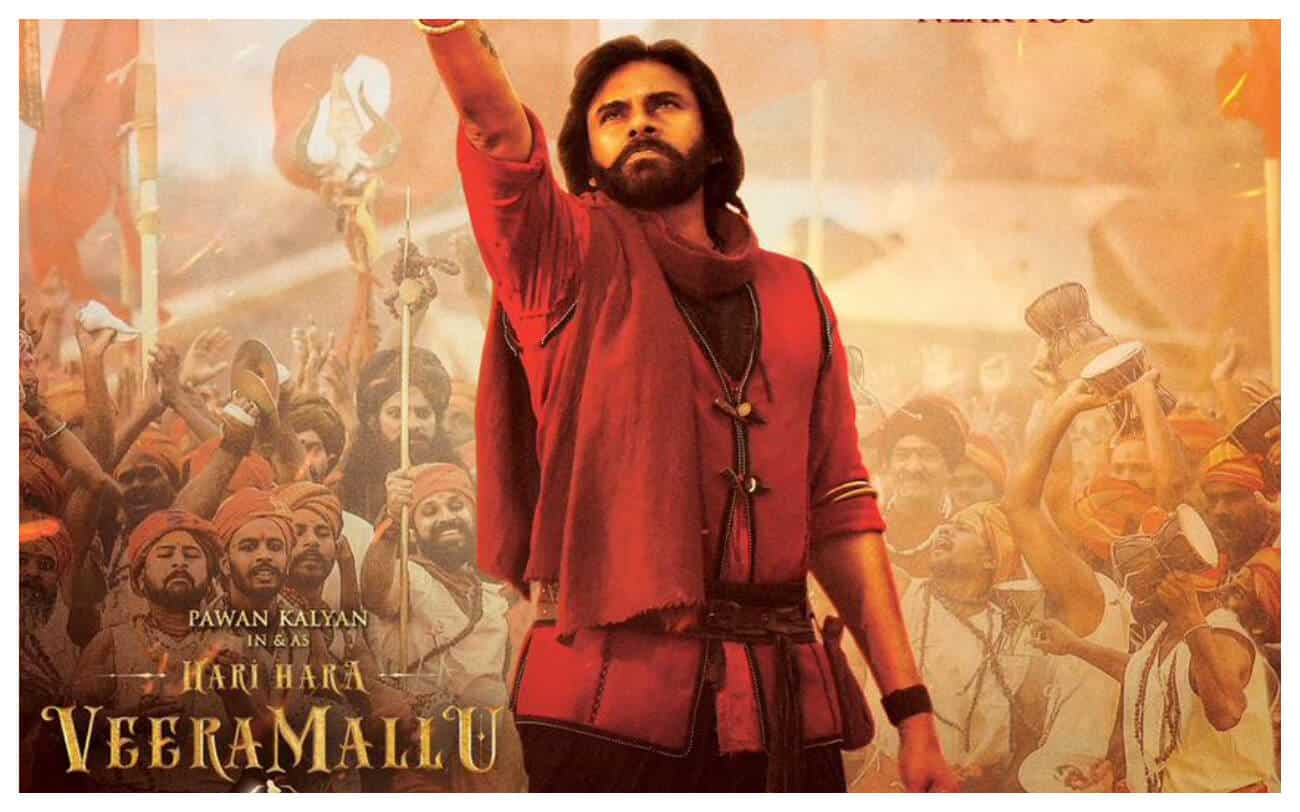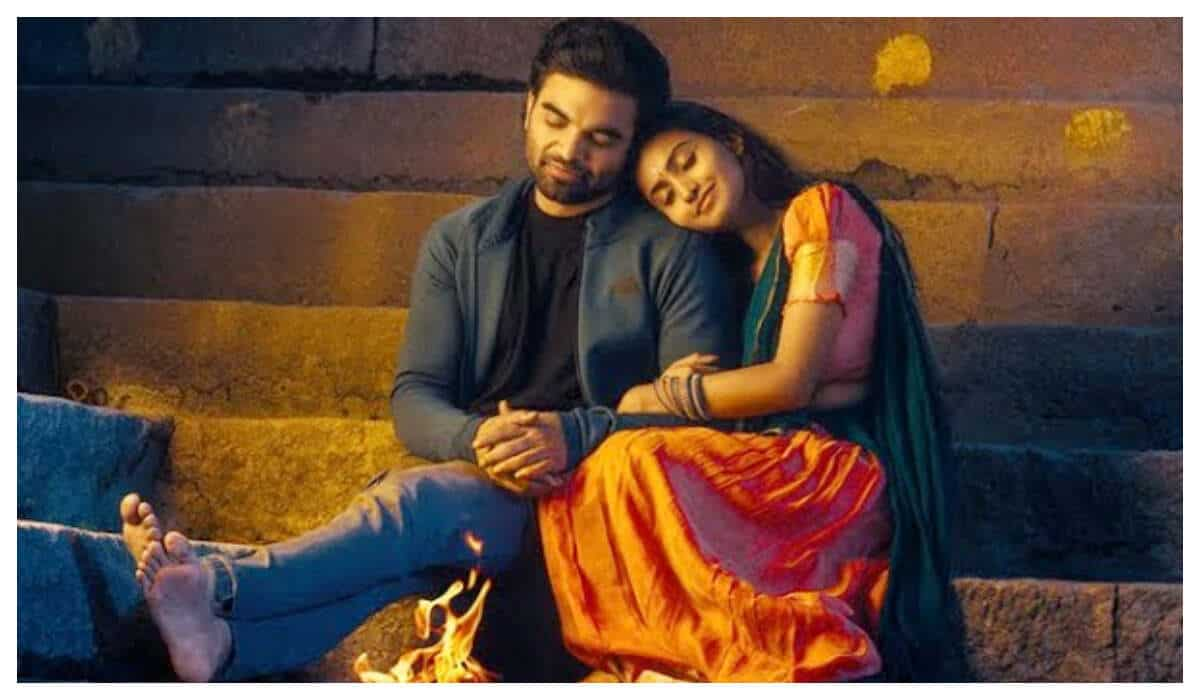
Feeling Blue: How Coco Mellors crafts flawed but human characters
5 months ago | 5 Views
At 35, Coco Mellors is living the dream. Her debut novel, Cleopatra and Frankenstein, came out in 2022, and was the kind of runaway hit that even established authors silently pray for. It was on the Times and the Sunday Times bestsellers’ lists. It’s been translated into 20 languages, including Czech, Slovak, and Romanian. It’s landed her an adaptation deal with Warner Bros TV. Last year, it hit the pop-culture bullseye — a cameo in And Just Like That.
Cleopatra and Frankenstein chronicled the heartbreaking decay of 24-year-old Cleo’s harebrained marriage to Frank, a 40-something high-functioning alcoholic. A hotly debated plot point among the book’s fans and critics involves Frank buying Cleo a sugar glider (a kind of possum) in an act of desperation to somehow lift her spirits. It works. She’s thrilled. They name it Jesus. Then, Frank, in a drunken stupor, accidentally drowns Jesus in a toilet bowl. The pet, the fleeting distraction it provides, and its sudden, clumsy death is possibly the best metaphor for Cleo and Frank’s blundering togetherness.
Readers under 30 loved it — who among us hasn’t been attracted to people who are all kinds of wrong for us?
Mellors’s second novel, Blue Sisters, was released earlier this year, and was on the New York Times bestsellers’ list for a week. It tackles even heavier issues: Addiction, overdose, guilt and grief. It tells the story of three women who try to fill the vacuum left by the death of their beloved sibling. Not-very-nice characters are huge right now, she says over Zoom. Their voices are just as valid. Excerpts from the interview.

Why is writing messy, almost unlikeable, characters important to you?
What’s important to me is to write characters that are not convenient, because people don’t have squeaky linear narratives. As a woman occupying space in the world, I feel we’re not fully free, out of fear of attack, out of a very deep desire to be liked, to be friendly, to be accepted. I try my best to not exist in that space when I’m writing my characters, so they can be free.
Particularly when I write female characters, my goal is never to use them to show people how they ought to act. We’re all more messy and contradictory than we want to admit.
What made you make Blue Sisters so melancholic, compared to Cleo’s recklessness?
I was 25 when I wrote Cleo (she’s 24). Romance and friendship were absolutely major preoccupations for me then. I was 30 when I started working on Blue Sisters, and a big part of it was written during the pandemic. So, family was always on my mind. Maybe the isolation of it all worked its way into the sound of the book.
But the truth is, I simply don’t plot my books. I have a loose emotional arc I know I want the characters to follow. Everything else is a process of discovering them as I write. My only barometer is that what unfolds needs to feel both surprising and inevitable.

So, what surprising inevitability were you going for?
I do think there are similarities in the two books. At the heart of my work, I hope there is always a deep compassion towards individuals who do things that might not always be palatable or in their own best interest, even. So, I try to write complicated characters but in a loving way, while not minimising the very real damage they cause with their choices.
And I wanted my books to exist outside of time because I don’t think morality as it relates to women has changed all that much across history. I find it lovely when young women tell me they see themselves in Cleo even though she was written almost a decade ago.
In both books, addiction is central to the plot. Is that because addiction is timeless, too?
It’s because of my own experience with addiction. I know what it’s like to find your emotions so intolerable that you will do anything to either numb or accelerate them. But the part about addiction I’m most interested in are things like longing, shame, a desire to change, the fear of not being able to change, a longing for connection and love, a fear of not being able to have that. All of these are messy, complicated emotions that can look like vapidity or aloofness to someone not on the inside.
What do you think writing such characters does for the larger literary landscape?
A lot of my readers are women, and I think we all need more writers telling us that we’re all allowed to be deep and soulful, but silly and funny at the same time. My hope is that with more such characters being written, this question becomes moot.

You’re often compared to Sally Rooney. How do you feel about that?
I love her writing, so it’s obviously a huge compliment. What I hate is being pitted against her — like there’s space for only one or two writers to exist and we have to fight it out. No one ever writes headlines like ‘Move over XYZ…’ for male writers. I think it’s awful and unfair to do it to women.
What’s next and when can we expect it?
I’m working on the screenplay of Cleopatra and Frankenstein, and on my third book, about a woman in her mid-30s grappling with the question of motherhood. She’s craving security, a domestic life, and a baby on the one hand, and a life of total creative freedom on the other.
Sounds very relatable.
Literally every single woman has told me this!





















